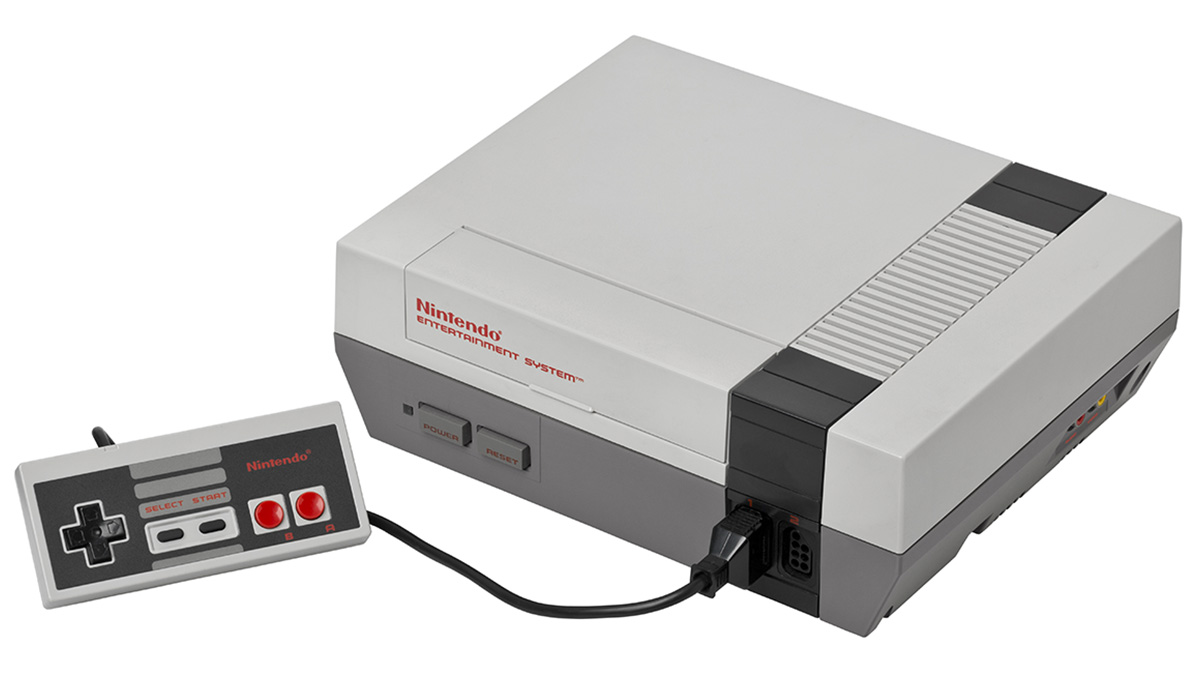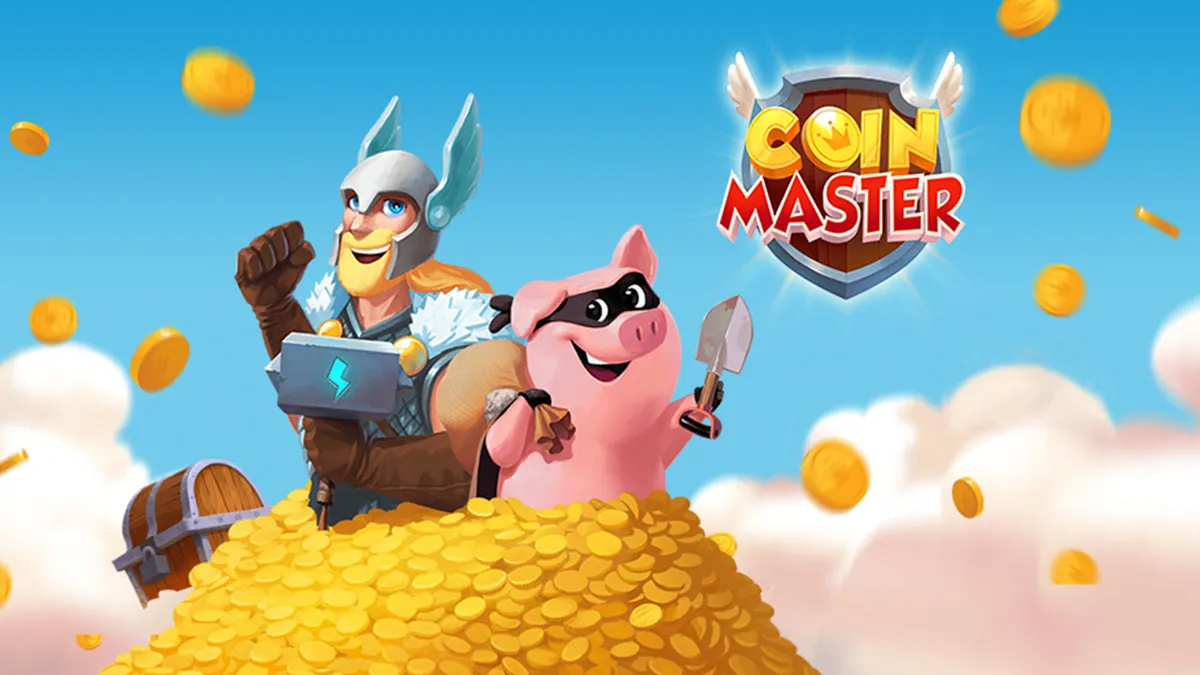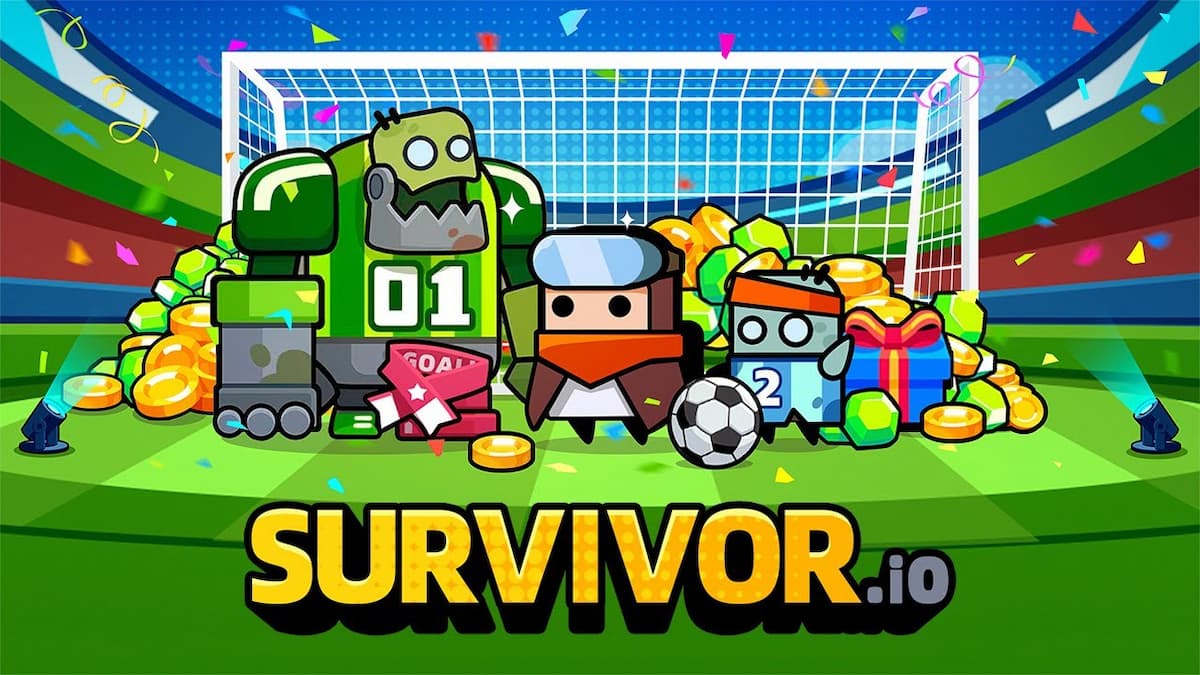For many older gaming hobbyists, the brand of Nintendo has been the quintessential gaming corporation since post-Atari. From before the original Nintendo to the advent of 3D gameplay, Nintendo consistently brings unique ideas, game theories, and innovation to the industry. Nintendo may not bring the most power to the console wars, but it’s impossible to discredit them based entirely on that.
Related: Every Xbox console, and when they released
Color TV-Game (1977)

The Color TV-Game often is overlooked by the Nintendo Entertainment System in discussions about Nintendo’s first console, but the clunky monstrosity was absolutely first. Each console could only play a singular game, and as the title implied, all hardware pieces had a loud color. While this was a commercial success for Nintendo on release, the software title names left a lot to the imagination. This system had a total of five titles, which each shipped as a separate console:
- Color TV-Game 6
- Color TV-Game 15
- Color TV-Game Racing 112
- Computer TV-Game
- Color TV Block Kusure
Nintendo Entertainment System (1985)

Emboldened by its successes with prior consoles, Nintendo crafted a bold plan: an international release of a console that could switch titles with cartridges, much like Atari and Intellivision offered and had succeeded with. The NES was released in Japan as Famicom (a portmanteau of family computer), and revitalized the gaming industry after the gaming crash of 1983, typically associated with the release of the Atari 2600 E.T. The 8-bit system offered a litany of titles ranging from Super Mario Bros. to Dragon Quest 3, and became an international icon of gaming.
Super Nintendo Entertainment System (1991)

The Super Nintendo Entertainment System, known as the Super Famicom in Japan, was Nintendo’s entry into the 16-bit era. Originally trailing behind the Sega Genesis, the SNES eventually surpassed all other consoles of its era on the back of the instant hit, Super Mario Kart. Nintendo attempted to pique interest in the SNES by selling it with various casings and under different names such as the Super Famicom Jr.
Much as with the Game Boy, Nintendo attributed the Super Nintendo Entertainment System’s success to its wide array of third-party titles. The Super NES was a fascinating era in gaming history as it began the console wars in earnest, with Sega and Nintendo both publishing various advertisements against each other. The congressional hearings on whether video games cause violence also began in this era, thanks to Sega’s Night Trap and Mortal Kombat, the latter of which was eventually ported to the SNES without censorship after consumer pressure.
Virtual Boy (1995)

The Virtual Boy was a portable console that simulated a 3D effect, and was produced for a singular year. This console is one of the few financial failures for Nintendo consoles, exacerbated by reported eye strain and headaches from users. The monochromatic red and black was a decided step back from what players expected in a post-Super NES era, and the hesitancy from consumers resulted in a lack of titles (14 in total) for the system.
Nintendo 64 (1996)

The Nintendo 64 (or N64), called the Comboy 64 in its South Korea release, was Nintendo’s 64-bit console that astonished gamers with the fully realized 3D worlds of Super Mario 64 and The Legend of Zelda: Ocarina of Time. Codenamed Project Reality, the N64 used cartridges for its games, rather than the popularized CDs, which turned away some studios. Cartridges were more expensive to produce, couldn’t contain as much data, and Nintendo was the sole manufacturer of them. This point of contention between Nintendo and third parties wouldn’t be enough to slow the steam of the Nintendo 64, however.
The Nintendo 64 was the first 64-bit console that had the ability to offer four-player gameplay, and it capitalized on this aspect with multiple party-style games such as Super Smash Bros, Mario Kart 64, and GoldenEye 007. The Nintendo 64 is notable as having one of the strangest controller configurations of mainstream consoles, which took a bit of time for users to get used to. In spite of its status, the original PlayStation surpassed it in units sold.
Nintendo GameCube (2001)

Nintendo’s penchant for redesigning the classic controller layout continued with the Nintendo GameCube, codenamed Dolphin during development up until its reveal in 2000. The GameCube is an important part of Nintendo’s history, as it is one of the singular instances that Nintendo stepped away from cartridges in favor of CDs. As is Nintendo tradition, these weren’t classic CDs, but rather smaller 8 cm disks, meaning the GameCube was unable to play movies.
The C-stick on the right side was placed in favor of the C-buttons found on the Nintendo 64 with analog inputs. This system was the third-worst-selling video game console for Nintendo, falling behind only the Wii U and Virtual Boy. The Xbox and PlayStation 2 were far fiercer competition than Sega had offered in the past, and Nintendo credits the Game Boy Advance with maintaining profits during this era.
Panasonic Q (2001)

The Panasonic Q is lesser known than the GameCube, but it was an important exploration for Nintendo. From a relationship with Panasonic, the Panasonic Q was able to play DVDs and audio CDs that the GameCube could not. This was only released in Japan, but it could be modified by hobbyists to play media outside of the region, making it a popular item for enthusiasts. The Panasonic ultimately sold less than 100,000 units, despite its high-end features such as Dolby Digital 5.1 ports, and was discontinued a short two years after release.
Wii (2006)

The Wii was Nintendo’s fifth major home console and launched in competition with the Xbox 360 and PlayStation 3. This console took Nintendo’s habit of thinking outside the box and expanded on it — the primary controls consisted of a motion-based Wii Remote and connecting analog stick, called a Nunchuk, to be held in the other hand. These motion controls could initially be baffling for veteran gamers but were intuitive for many others, reflecting Nintendo’s strategy of approaching people who may have never played a game yet.
The Wii was named such as the two i’s at the end were to symbolize two players enjoying the platform in tandem. The name was initially frowned upon by consumers but was pronounced the same in every language, making it easier to breach foreign markets. Again, Nintendo made motions with an eye towards backward compatibility with the Wii Virtual Console, allowing multiple games to be downloaded and played on the Wii. Two of the top three best-selling games for this system were Wii Sports and Wii Sports Resort.
Wii Family Edition (2011)

The second model of the Wii family, the Wii Family Edition came with improved motion sensors in the controller and did not operate with GameCube accessories. This back step in applied technologies meant that certain Wii titles that needed the GameCube controller would not operate properly on the Family Edition, although this was a notably rare situation.
Wii U (2012)

The Wii U was another step into uncharted territories for the industry as a whole, although this time Nintendo wasn’t rewarded for the attempts at bucking convention. The Wii U was the worst-selling home console, not including the Virtual Boy as Nintendo viewed that as a portable device. With a touch screen tablet that acted as an information hub and controller, the Wii U was almost fully backwards compatible with the Wii accessories.
The asymmetric interplay of the controller/tablet hybrid and what was occurring on the television could be jarring for some, although the Sega Dreamcast had similar functionality. In 2015, Nintendo stated that it intended to withdraw the unit from both South American and South African markets, with many noting it as a sign that the console didn’t move well enough.
Wii Mini (2012)

The Wii Mini was effectively a Wii, stripped down to only its most essential components. At a price point of $100, this console had a five-year production run. Still, the essential components of the Wii were still more than enough to satisfy most who hadn’t jumped into the motion-controlled fray just yet with this third iteration of the original Wii. Where the Wii had an opening for discs at the front of the console, the Wii Mini had a top hatch that opened,and allowed discs to be set into place.
NES Classic Edition (2016)

The NES Classic was a fruitful idea from Nintendo, releasing the classic Nintendo Entertainment System with 30 popular games for the title. Eschewing the standard ports from the original NES, the NES Classic Edition offered similar ports to the Wii for the classic Nintendo controllers. A small run of this platform was planned, and two million units were sold. Nintendo has announced the platform would return to stores at the end of its limited run.
Nintendo Switch (2017)

The Nintendo Switch is a unique hybrid console, capable of both portable and standard console operation. Launched into competition with the Xbox One X and PlayStation 4 Pro, the Switch succeeded in carving out a niche. The Nintendo Switch doesn’t offer the level of power as Microsoft’s and Sony’s platforms did, but it was able to reach an audience with its unique IPs, portable game console, and reinvention of controllers.
The Nintendo Switch fully embraced the idea of charging users to connect their consoles to the internet with this platform. The service is called Nintendo Switch Online, and it’s the cheapest of the three primary consoles at roughly $20 on an annual basis. The online access also offers classic titles from the NES, and SNES eras.
Super Nintendo Entertainment System Classic Edition (2017)

As Nintendo noted the success of the NES Classic Edition, the Super Nintendo Entertainment System Classic Edition (SNESCE) was bound to follow eventually. While the NES Classic Edition offered 30 titles, the SNESCE comes with 20 built-in titles, including the unreleased Starfox 2. Technically, the SNESCE sold more than the NESCE with five million, but far more SNESCE were manufactured after Nintendo noted the NESCE struggling to keep up with demand.







Published: Oct 7, 2022 11:24 am